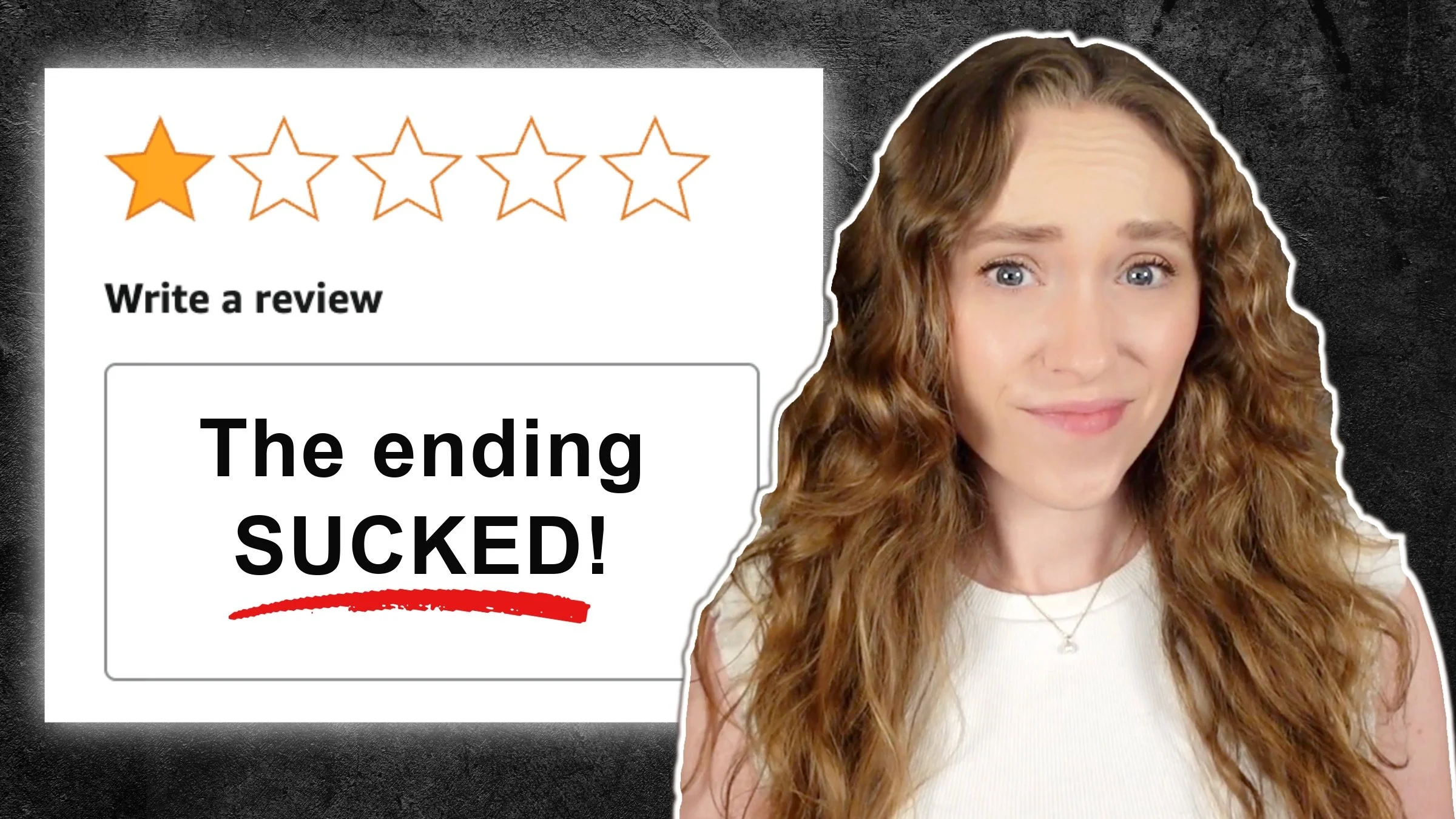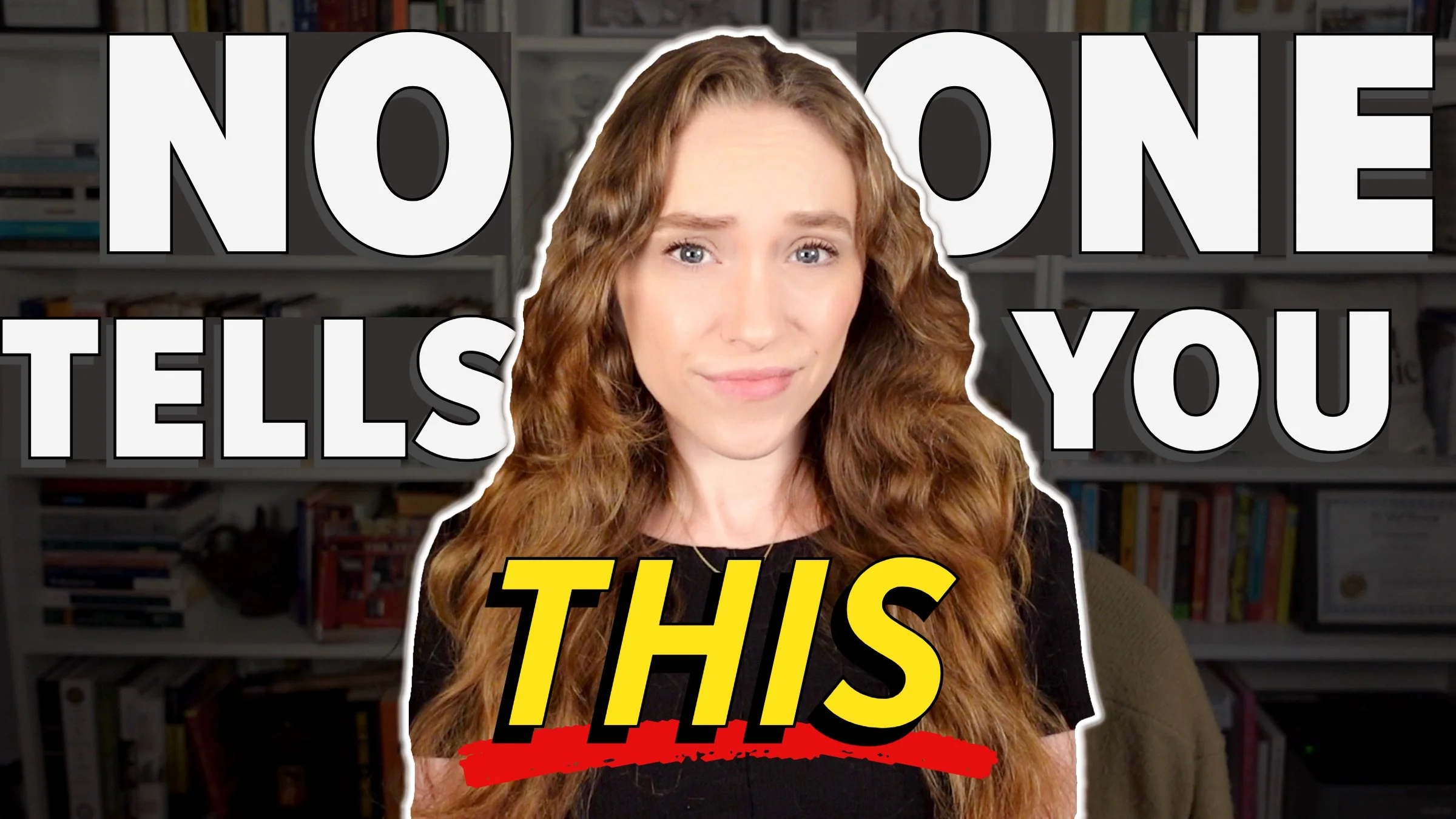The Absolute Worst Ways to Start a Novel
HIT PLAY OR READ THE POST BELOW:
As a professional book editor, I am extremely critical about a novel's opening pages. That's because it is so important to nail the opening scene in order to hook your reader’s interest and set their expectations for the rest of the story. A good opening scene will compel the reader to dive deeper and get lost in the plot, while a bad novel opening will turn them off entirely.
In this article, I want to walk through some of the worst ways to start a novel in the hopes that you will avoid them and find a more engaging and effective opening to your story. I’ll also go through some examples of what these bad novel openings look like in practice.
Note that there are certainly successful instances of these types of story openings being used, and even some bestsellers and classics use these tactics. This list is just to show you how these openings can be incorrectly used, either because they are overused or improperly executed.
A Phone Call
The first bad novel opening is a phone call in the middle of the night.
Here’s what this could look like:
John’s phone buzzed on his nightstand. He groaned, rolled over, and checked the alarm clock. Who could possibly be calling at 3:44 AM?
He snuck out of bed quietly to avoid rousing Amy. As he stood, he saw the caller ID and his heart thumped. Not him again.
In general, it is a good idea to start your novel with a point of intrigue and action. It kick-starts the plot and gives momentum right from the beginning. So I like that this opening introduces a point of intrigue, as the reader is curious to learn who is calling John.
However, this particular situation of being woken up in the middle of the night by an unexpected phone call is now a cliche that is quite overdone in fiction, particularly in the mystery and thriller genres.
A way to use this tactic in a more organic and creative way is to just have John be going about his regular routine. While this may seem mundane, on the page it helps establish his character as the reader gets to see what a normal day in his life is, only for it to then get interrupted by the call. That way, we’ll see some character development and then you’ll come in with the inciting action of the plot without relying on a cliche.
Lengthy Exposition/Backstory Passage
Another one of the worst ways to start a novel is with a long passage of exposition or backstory.
Here’s an example:
John and Amy met in their freshman year at Stone Creek University in 1988. He was pre-med, and she was studying art history. After four years of dating, they got married, moved to the Chicago suburbs, and built a life together.
The reason this is a bad novel opening is because it is just not that engaging and, frankly, is a boring way of relaying information. Anytime the narrator is dumping a large amount of information to the reader at once, especially at the very beginning of the novel, it's hard for the reader to get hooked. Instead of serving as insightful exposition, it feels like a dry lecture.
This strategy is often used in sci-fi and fantasy novels, where the first few pages include long passages explaining the novel's universe and how it came to be. While it’s true that the reader needs to be oriented in this new world, dumping a lot of expository information about the characters or about the world is not the best way to open your novel.
Instead, you want to weave in those expository or backstory details as you get the plot moving. That way, they will more seamlessly blend into the background of the present narrative scene. What this will look like is a sentence or two of exposition or backstory as it becomes relevant in the plot, rather than a block of paragraphs or whole pages of exposition all upfront.
It is true that the reader should receive critical background knowledge on the story’s setting and characters during the opening pages of the novel, as that information is foundational to the novel’s premise. However, having exposition come right at the start of the novel reads as if the plot is being delayed. By integrating background information within the action of the plot, the reader will be pulled into the story and will stay informed without consciously being aware of it.
A Dream Sequence
The next example of a bad novel opening is with a dream sequence.
This could look something like:
John caught the man's eye across the poker table. He was certain he was bluffing.
“I'm all in,” John declared confidently.
Smirking, the man flipped his cards: a royal flush. John checked his hand again. But that's impossible! The man wrapped his arms around the stack of chips, cackling as it started to grow taller and taller. This can't be happening! This can't be–
Gasping, John woke up next to Amy.
Opening with a dream sequence can feel like a cheap trick, if poorly executed. You hook the reader into a scene, which they start to get invested in, and right as they become intrigued, it’s revealed that it never happened. It was all just a dream.
You can potentially lose your reader's trust with an opening like this, because they might be on edge for the rest of the novel, waiting for another twist that changes everything they just read.
What I recommend doing instead is cutting the dream sequence and beginning the novel with the plot’s first moment of action. However, you can still convey the same symbolic features from the dream in that moment of action.
For instance, in the example, the dream sequence shows John’s fears and anxiety about his gambling. That information can still be conveyed during a moment of action, such as through John having some honest reflection with himself consciously.
Opening with a dream sequence can also feel too passive and vague to readers, depending on how metaphorical and surreal you get with the language. It can be confusing and disorienting, which are not feelings a potential reader wants to start a book out with.
Mid-Conversation
Another one of the worst ways to start a novel is beginning the first scene mid-conversation.
Let's look at an example:
“What do you mean you lost the money?” Amy shouted. Her face was red with anger.
“I'm so sorry. I wish it hadn't come to this.” John was ashamed. “I promise I'll make it up to you.
“I can't believe you would do this to me. To us.”
After reading that exchange, do you feel like you have a strong sense of what John and Amy are arguing about? I don't.
We can't interpret the dynamics of this conversation between John and Amy because we don't have the context of the conversation. We don't know who these characters are, where they are, or what their relationship to each other is. Because of that, the drama of the conversation doesn't resonate with the reader. We just don’t know what the stakes are.
So how could you revise this to be a stronger opening? You can still keep this exchange within the opening scene, however, you can leverage the narration to provide more context. That way you'll be able to provide more insight into what this conversation is about. Although, of course, you also don’t want to over explain the context of the conversation. This balance is hard to nail, which is why this novel opening technique is so hard to execute.
In the case of the example, I would recommend against opening with the line from Amy. Just from a personal preference, I don't love the first line of a novel being a line of dialogue. I would prefer there to be a line of narration before you dive into the dialogue, to situate the reader in who’s who and what’s what.
Lengthy Setting Description
The last example of a bad novel opening is with a lengthy setting description.
Let's take a look at an example:
The peaceful suburb was quiet and still. The sun hadn't quite peaked over the horizon yet, and all the well-maintained houses were awash in a yellowish haze.
It was autumn, which meant the days were getting shorter and the air was getting colder. Today was unseasonably warm.
While this description is nice and does help us visualize the scene, it isn't particularly engaging. We have no idea where the plot is going or who the characters are, and that's what we are reading for. Most readers aren’t reading for setting, they are reading for characters and plot. Too much setting description will likely bore your readers.
What I recommend doing here instead is incorporating some brief scene setting in the opening but making sure it's integrated with introductions to the main characters and the inciting action of the plot.
A caveat here is when the setting is being described in a more active and dynamic way, as if it is also functioning as its own character. An example would be Gotham City from the Batman franchise. Instead of just being another rough and tough cityscape, Gotham City is described with presence. If that is the case for your novel as well, then make your setting’s presence known to your readers as well. That way, they’ll feel immersed in the novel’s world and intrigued to learn more about it..
I hope these tips help you avoid bad novel openings and identify some strategies to craft an engaging entry point to your story.
Thanks so much for reading and happy writing!





